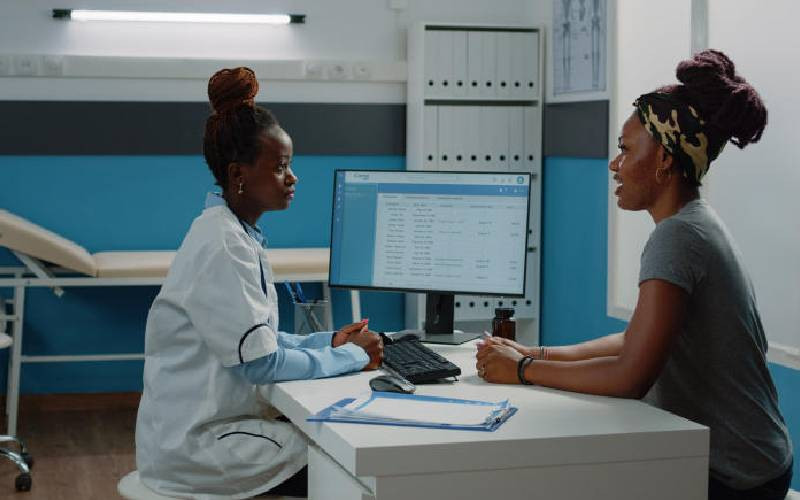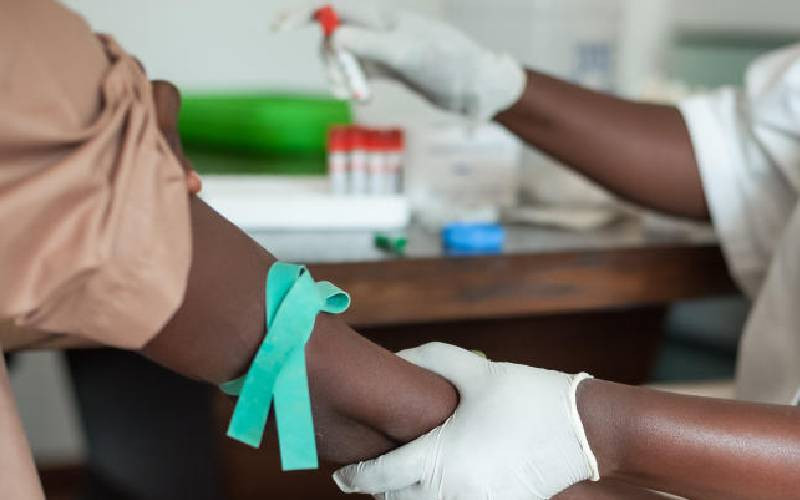What happens when a patient with coronavirus is taken to an intensive care unit?
Ordinarily, patients are taken to ICU when their organs fail to function well and they need to be placed on life support machines.
For severe cases of Covid-19, patients develop breathing problems and need a life support machine, in this case a ventilator. The ventilator then takes over the function of breathing for the victim. Most patients have respiratory diseases, which affect the lungs, airways and other parts of the body.
“When your oxygen levels start dropping, you will have difficulty breathing and you must be transferred to the ICU,” says Dr Wangari Silka, an Intensive Care Specialist at Aga Khan Hospital in Nairobi.
At the ICU, doctors and nurses have to wear personal protective gear to avoid contracting the virus. The medics then monitor the patient’s heart beat, blood pressure, breathing and other body functions. The monitor helps doctors assess the performance of vital organs continuously.
Corona patients start by using an oxygen mask. However, when their condition deteriorates and show signs of getting tired to breath by themselves or start gasping for air, the mask is taken off. The patient is sedated and a breathing tube inserted into their nose through the wind pipe, which is then connected to the ventilator that takes up the breathing function. This allows the patient to relax.
“When you breath in, you pull in air. The ventilator helps you push the air inside. The ICU nurse will set the machine such that it tells how much air to push into your body, based on your weight and how many times per minute. So we instruct the machine to give a certain volume of oxygen to breathe in litres, the number of times per minute and it keeps doing this until it is switched off,” said Dr Wangari.
Blood samples are then taken to a blood gas machine, which detects if the ventilator is pumping enough oxygen and releasing out required volume of carbon dioxide. Thereafter, doctors are able to adjust the ventilator to pump the required volumes in and out of the body. Doctors will then check the patient’s urinary system over a CRRT machine (continuous renal replacement therapy).
“The CRRT machine takes over your kidney functions,” said Dr Wangari.
Medics also use syringe pumps to prepare important medication for the patient. Other machines used include infusion pump, which gives fluids to the patients as they cannot eat through the mouth. The ICU also has a special bed where patients can be easily changed their sleeping positions.
“Sometimes covid patients do not respond to what we do, so we lay them on their tummy which helps the lung to try and work a bit better since they are struggling. It is a method we learnt from health workers in other parts of the world,” said Dr Wangari.
 The Standard Group Plc is a multi-media organization with investments in media platforms spanning newspaper print
operations, television, radio broadcasting, digital and online services. The Standard Group is recognized as a
leading multi-media house in Kenya with a key influence in matters of national and international interest.
The Standard Group Plc is a multi-media organization with investments in media platforms spanning newspaper print
operations, television, radio broadcasting, digital and online services. The Standard Group is recognized as a
leading multi-media house in Kenya with a key influence in matters of national and international interest.











